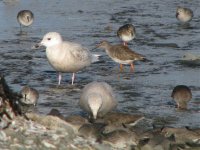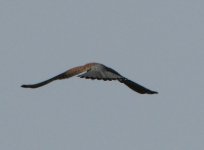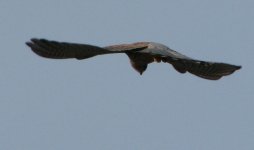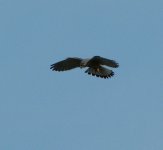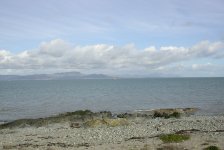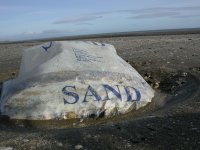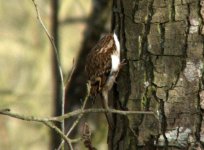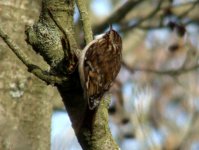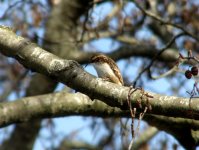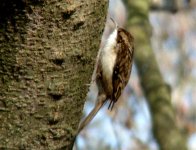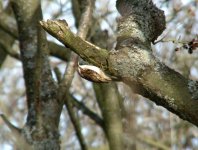Does anyone know if any birds do make nests in ivy?
Thanks for that Tom.
I was once in your camp Derek, but not any more. I used to think that ivy looked terrible growing up trees and indeed when I saw dying trees with ivy on it I always blamed the ivy for the trees demise.
I am not sure what effect Ivy has on healty trees but they must surely compete for resources (water and food from the soil) but I dont think there is any evidence to suggest that they cause any damage by strangulation.
If you look at a dying tree with ivy growing up it, the Ivy often looks healthy and it appears that the Ivy is thriving to the detriment of the tree. I think this is just a case of observer bias! If you are looking for something to blame then often the easiest thing is to blame the most obvious suspect.
If you look at old trees in Demenses, you know the specimen trees on there own, you often see old and dying trees with no Ivy on them. I think that it a fact that most living trees have ivy on them, so most dying trees also have Ivy. I dont think that healthy trees have anything to fear from Ivy.
I have been told recently (Icant remember the source) that when measuring bird biodiversity in hedgerows one of the biggest factors contributing to that diversity was the PRESENCE of Ivy. I suppose thats not hard to believe as it provides evergreen cover, late nectar (september/october)for butterlies and all manner of creppie crawlies and a late crop of berries(march I think) useful for all those overwintering birds as the hawthorn berries run out.
As for nesting birds. Ivy is especially important for early nesting attempts. When there is little leaf cover in march and early april most hedgerow birds (outside gardens with evergreens) chose to nest in Ivy. I have done some nest watching for the BTO over the last couple of years and most early nesting attemps (especially Blackbird) is in Ivy. I suppose this makes sence as its one of our few native evergreens. Its also great for overwintering butterflies. Please leave Ivy alone! Its one of our best all round native wildlife plants.
Its also a fantastic , frost free, roost site for all manner of small birds in winter not to mention Fieldfare and Redwing.




